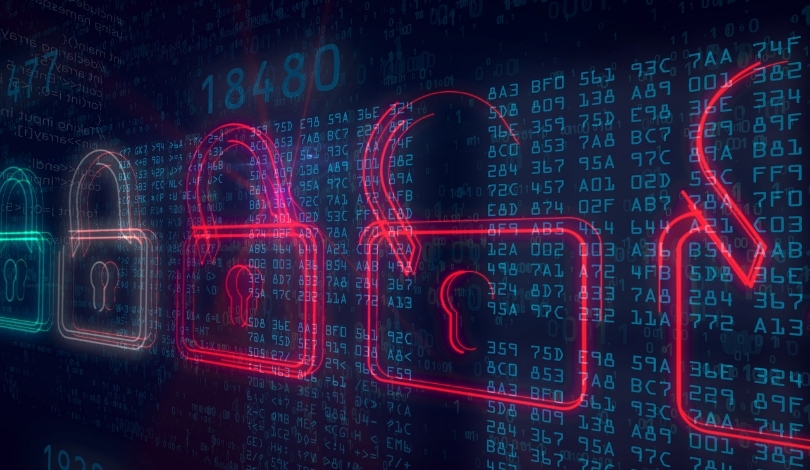In a climate of persistent cyber threats and policy debate, Sean Cairncross, nominee for the next National Cyber Director, detailed his vision to a Senate committee. He proposed enhancing federal coordination and focusing efforts on cybersecurity policy if the Senate confirms him for the role. Cairncross, known for leading the Millennium Challenge Corporation and holding senior positions with the Republican National Committee, was questioned about his technical background and approach to managing escalating cyberattacks from groups like Salt Typhoon and Volt Typhoon. The stakes for national security and critical infrastructure remain high, and many are watching closely whether his managerial experience will address the evolving challenges in the cyber domain. Cairncross’s hearing highlighted calls from lawmakers for clear strategies and robust legislative oversight of cybersecurity initiatives, reflecting wider concerns about the readiness and priorities of US cyber defense.
Earlier reporting on US federal cybersecurity oversight frequently focused on the depth of technical expertise in candidates for high-level roles, particularly when Congress questioned appointees’ suitability for directing cyber strategy. Public debates have also revolved around the authority of the Office of the National Cyber Director (ONCD) in relation to agencies like the Cybersecurity and Infrastructure Security Agency (CISA), as well as the growing prevalence of China-based threat actors. The current discussion continues these themes but places greater emphasis on cross-agency policy coordination and legislative clarity, especially amid discussions about reauthorizing laws for threat information sharing and cyber grant allocation to states. Recent news cycles have also brought issues like potential job cuts at CISA and allegations about its handling of misinformation to the fore, showing how legislative considerations and operational security overlap in the policy arena.
What Priorities Did Cairncross Present to the Senate?
Cairncross emphasized that fostering cooperation among government agencies would become his central focus, advocating for the Office of the National Cyber Director to anchor federal cyber policy coordination. He said working with the Office of Management and Budget will be vital for aligning interagency budgets and ensuring policies are consistently enforced across government entities. He described the approach as leveraging established authority while nurturing close relationships to monitor and manage policy implementation effectively.
How Did Cairncross Address His Cybersecurity Experience?
Although acknowledging he lacks a direct technical background in cybersecurity, Cairncross highlighted his experiences responding to foreign cyberattacks in previous leadership roles. He argued that his management skillset positions him well for leading large teams and collaborating with technical experts. He stated,
“I’ve run thousands of people and billions of dollars in funds, and in doing those jobs, I surround myself with smart people.”
This approach, he suggested, would guide his leadership of federal cyber initiatives despite questions about his technical expertise.
What Stance Did the Nominee Take on Major Threats and Legislation?
Addressing cyber threats from Beijing-linked groups such as Salt Typhoon and Volt Typhoon, Cairncross called China the greatest concern for US cyber interests, noting their persistent and sophisticated presence in American networks. To counter these risks, he suggested collaboration with the private sector and considered regulatory or incentive-based measures to improve threat information sharing. He also underscored the need to update and extend laws promoting cyber threat sharing and grants for state and local governments, aligning with Congressional focus on legislative reauthorization.
At the hearing, senators interrogated Cairncross on a range of policy and management issues, including the ongoing debate about funding cuts to CISA and the agency’s responsibilities regarding speech and misinformation. The relationship between CISA’s authority and the ONCD’s leadership remained central, with lawmakers pressing for provisions to limit government involvement in content moderation. Cairncross reaffirmed that offensive measures and robust oversight would be a core part of his management strategy, stressing that cyberattacks have become more frequent and severe, with critical operational consequences for national infrastructure.
The Senate’s evaluation of Cairncross’s nomination and the debates surrounding his qualifications reflect broader challenges in federal cyber governance. Effective cybersecurity leadership increasingly calls for both interdisciplinary management and technical acumen, especially as attacks from state-linked actors become more complex and target critical systems. For readers and policymakers, understanding the limits of technical backgrounds versus management experience in such roles is essential, particularly as policy coordination, legislative updates, and agency authority remain at the heart of federal cybersecurity efforts. Keeping track of developments in the reauthorization of threat-sharing laws and federal grant programs will continue to be important for all stakeholders involved in protecting the nation’s digital infrastructure.
- Cairncross prioritizes coordination among federal agencies for cyber policy leadership.
- Senators scrutinized Cairncross’s technical background and management style.
- Cyber threats from China and legislative updates remain key concerns for policymakers.










